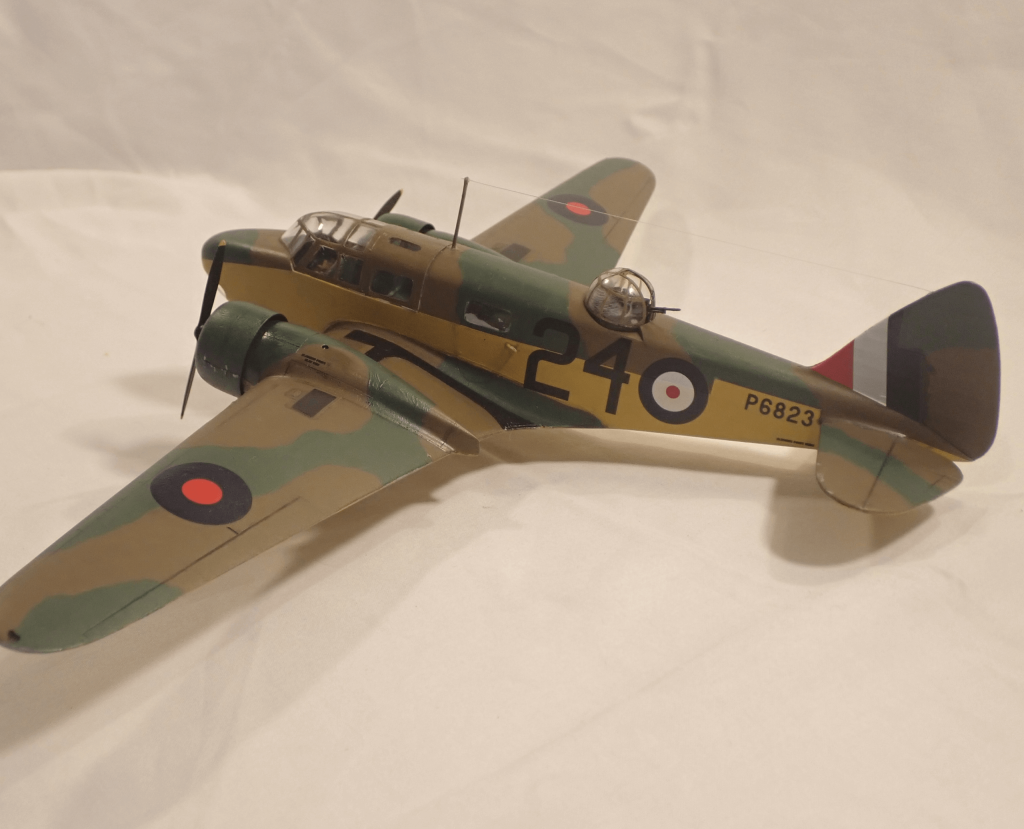The Airspeed AS.10 Oxford is a twin-engine cantilever monoplane designed purely as a training aircraft for British Commonwealth air crews during World War 2. It was developed as a military version of an earlier passenger aircraft in the 1930’s and was part of the rapid expansion plan of the RAF. It first flew in 1937 becoming operational the same year. It was powered by two Armstrong-Whitworth Cheetah X engines with twin bladed fixed propellers. After initial success large orders were placed by all Commonwealth countries and later many countries worldwide. There were three main variants developed with over 8,200 being built.
Oxfords, nick-named ‘Ox-box’, were used primarily by the RAF and FAA to train aircrews for Bomber Command. It normally had a three-man crew, but the seating arrangement could be altered to suit the various training requirements. It was fitted with a gun turret mid fuselage. Training for entire crews could be achieved in one flight to train pilots, navigators, air gunners, bomb aimers and radio operators simultaneously. The Oxford continued in RAF service after the war until its withdrawal in 1956. Some ex-RAF Oxfords were converted after the war into passenger aircraft known as the Consul.
It was in an AS.10 Oxford that pioneering pilot Amy Johnson, famous for completing the first female solo flight from the UK to Australia, disappeared on 5th January 1941. It is believed that her aircraft ran out of fuel in terrible weather and she bailed out only to land in the extremely cold Thames estuary. There were ships close by which witnessed her decent and one attempted a rescue but in heavy seas and strong tides it is believed she was swept under the vessel never to be recovered.
